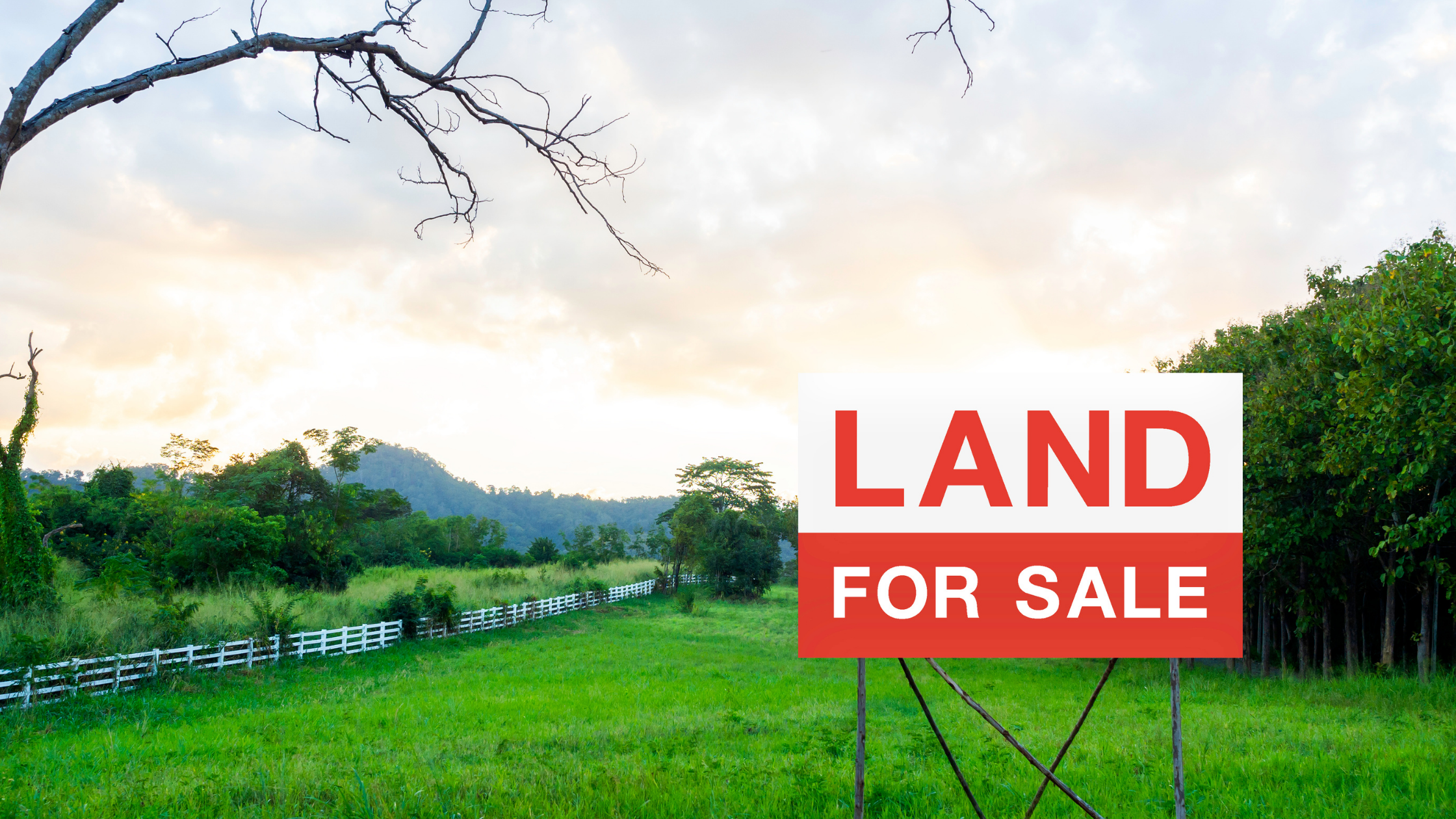Tips for Selecting Land for Your Manufactured Home
August 5, 2021

Buying a piece of land and a manufactured home is often less expensive than purchasing a conventional home. Additionally, manufactured home buyers enjoy the flexibility of installing their homes anywhere they want, remote or secluded areas. One drawback, however, is that buying land for a manufactured home can be a complicated and confusing process. To help, we've put together a small guide to finding the perfect piece of land for your dream manufactured home.
Check for Zoning Restrictions on Manufactured Homes
In recent years, local governments have had to regulate HUD Code manufactured homes like any other type of housing.
But even though more lenient local zoning ordinances and land-use regulations have been adopted across the country, a series of zoning restrictions still apply to manufactured homes. Zoning rules tell you how a piece of land can be used and whether a certain type of home is allowed.
Before you buy, contact the zoning and planning office to learn the local land-use and zoning rules for manufactured homes. Along with zoning restrictions, look for anything that could cause trouble with construction or your right to use the land.
Consider the Lot Size
Make sure the land is large enough for the home and the required space around it. Most local governments also enforce setback requirements, commonly 5–15 feet per side and 10–35 feet from the front and rear property lines.
Beyond meeting setback rules, consider how close neighbors can build so you still have light, airflow, privacy, and open space.
The purpose of the manufactured home is another factor you should consider when choosing the lot size. If you're planning to rent out the home, buying a smaller parcel may better fit your financial goals. If you plan to live there and want things like a garden, pool, sauna, outdoor kitchen, or big patio. You may need a larger lot.
Consider Utilities
Utilities, including water, sewer, electricity, and natural gas are a necessity for a residential property. If you would prefer a more rural setting for your manufactured home, check to see if utilities are available. If the area doesn’t already have utility hookups, check the added costs and confirm the property can handle them.
No city water or sewer? Then you’ll want a soil test to see if a well and septic system can be installed. If utilities are nearby, it doesn't mean they'll be cheap. Bringing water, sewer or power could make costs go up depending on distance and local connection fees.
Consider How Much Preparation the Lot Will Need
Preparing land for a manufactured home isn’t cheap. HomeGuide puts typical costs at $1,150 to $6,710, depending on where the property is, how wooded it is, and how level it is. If there are structures to remove, price out demolition and hauling. You’ll also need to include the cost of building the foundation.
Choose the Right Financing Option
From a financial viewpoint, the best way to go about buying land is to pay cash for it. Although this eliminates the need to pay closing costs and interest over the life of the loan, many manufactured homebuyers, just like other homebuyers, don't have enough cash to pay for a piece of land outright.
You have two options: a land loan plus a manufactured home loan, or a single Land/Home program loan.
Besides allowing you to roll everything together into a manufactured home loan with land and benefit from a lower interest rate compared to the interest rate of two separate loans, this program brings along the same tax incentives that are usually available to the homeowners who get a conventional mortgage.
For more information about the financing options available for manufactured homes and other types of prefab homes, feel free to call Triad Financial Services at (800) 522-2013 or drop us a line at info@triadfs.com.
